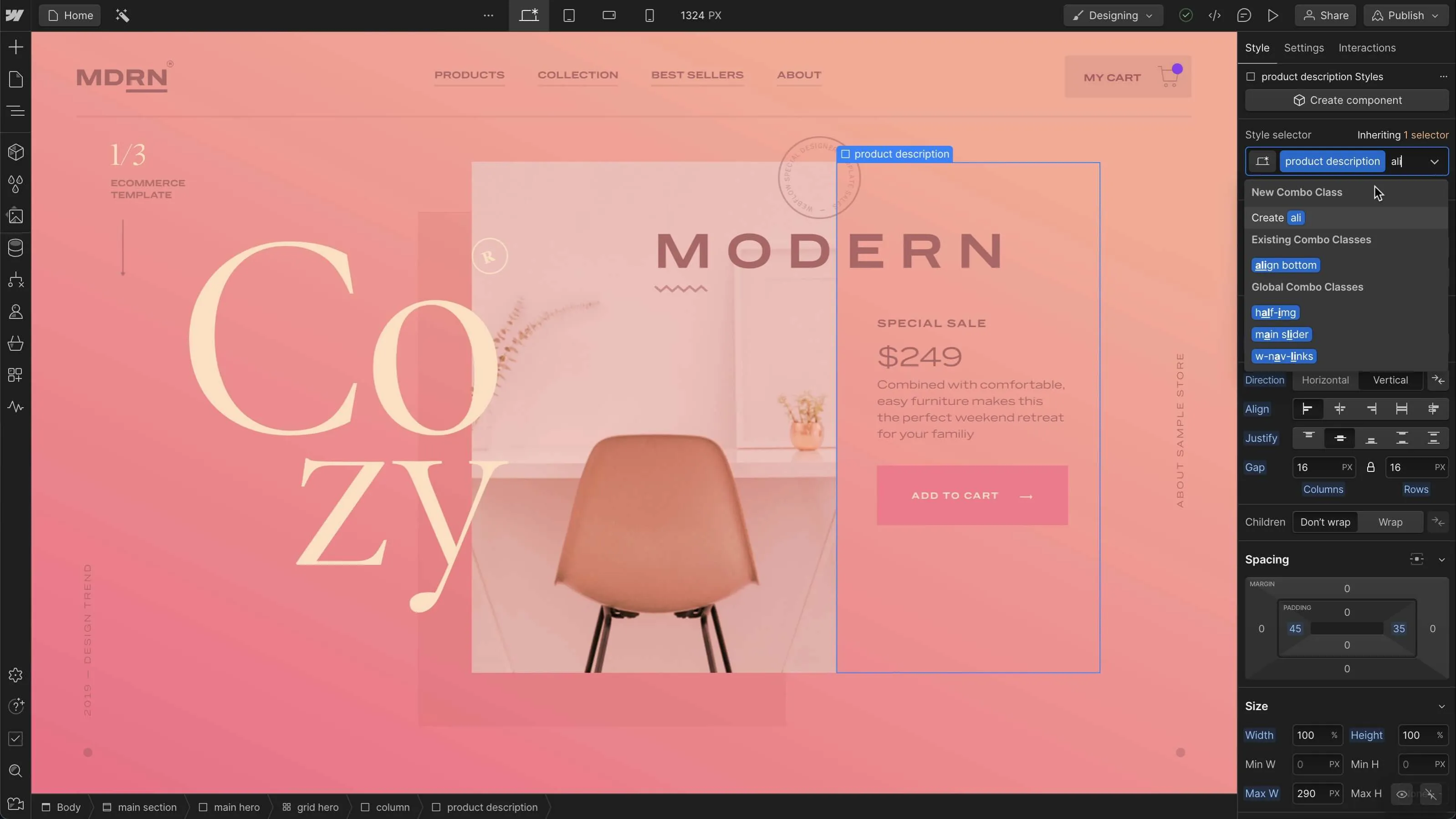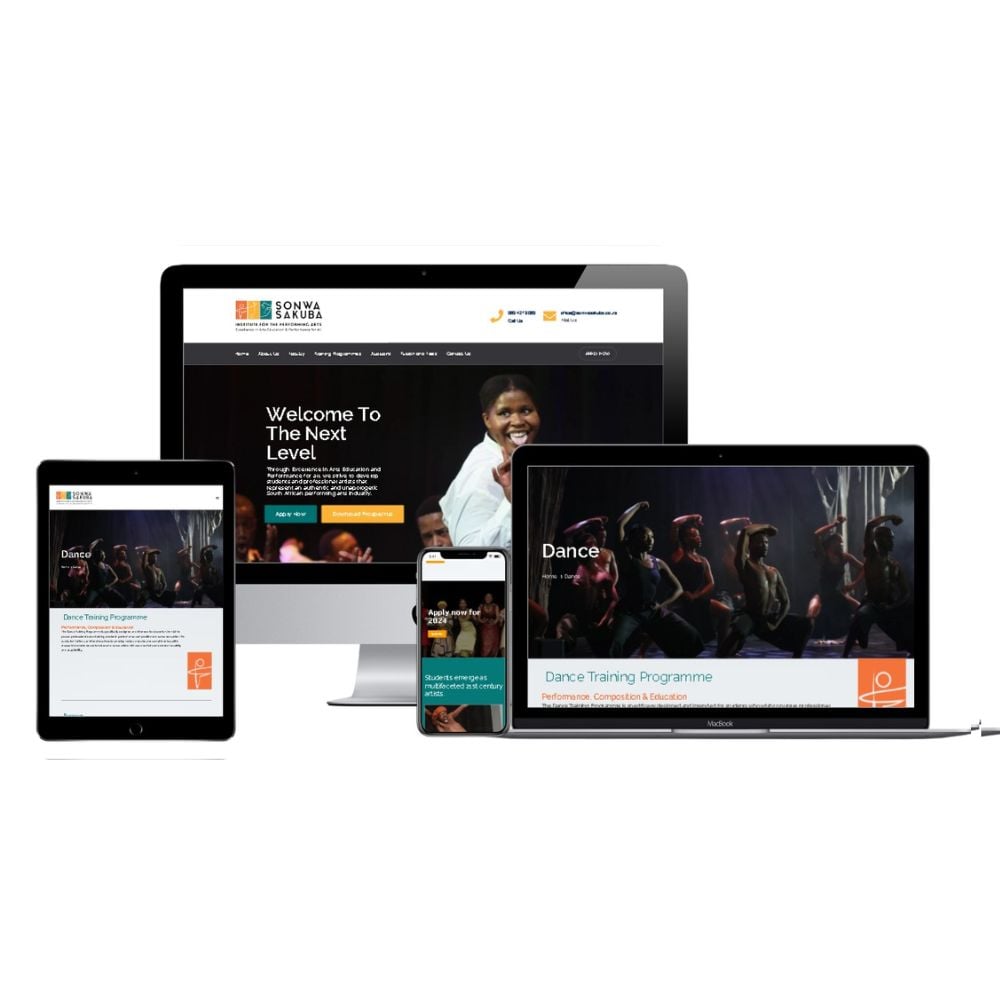The Role of Website Design in Enhancing Brand Identity and Recognition
The Role of Website Design in Enhancing Brand Identity and Recognition
Blog Article
Modern Site Layout That Catches Focus and Transforms
In an increasingly digital landscape, modern-day website layout has become a crucial consider recording customer interest and driving conversions. By purposefully utilizing visual hierarchy, responsive layouts, and engaging interactive components, developers can produce experiences that not just draw in visitors however likewise assist in meaningful communications. Efficient call-to-action strategies play a crucial duty in assisting individuals towards preferred end results. As we explore these crucial elements, it ends up being clear that understanding their interaction can dramatically influence a website's performance and user fulfillment. What are the crucial components that truly make a distinction?
Value of Visual Hierarchy
Aesthetic power structure is an essential component in website style, as it overviews users' focus and boosts their total experience. By tactically arranging material, developers can route users to the most vital information first, thereby boosting interaction and boosting functionality.
Integrating a sensible flow in material arrangement is essential; for instance, putting one of the most critical information on top of a web page cultivates immediate recognition. Furthermore, regular use typography, such as varying font dimensions and designs, assists establish a clear material structure. This company not only help in navigation but likewise constructs trust, as users feel more comfy when they can conveniently find what they are looking for.
Ultimately, a well-executed aesthetic hierarchy not only enhances visual allure but likewise considerably influences individual habits. By focusing on essential elements and ensuring a smooth experience, designers can successfully convert visitors into clients, enhancing the significance of this foundational layout principle in modern website development.
Responsive Design for All Gadgets
Creating a seamless experience across numerous devices is essential in today's electronic landscape, where individuals accessibility web sites from desktop computers, smartphones, and tablets alike. Receptive style is an essential method that guarantees internet sites adapt fluidly to different display orientations, resolutions, and dimensions. By employing flexible grids, images, and CSS media queries, developers can develop formats that keep aesthetic integrity and capability, no matter of the gadget being made use of.
The relevance of responsive layout expands past looks; it directly affects customer involvement and conversion rates. A web site that operates well on all devices urges longer brows through and minimizes bounce rates, as individuals are more most likely to connect with content that is simple to browse. Search engines, specifically Google, focus on mobile-friendly sites in their rankings, making responsive design a vital part of search engine optimization (SEARCH ENGINE OPTIMIZATION)
Including receptive layout not just enhances user experience but additionally simplifies the advancement process. By producing a solitary site that works across devices, companies can conserve time and sources contrasted to creating separate mobile and desktop computer variations. Inevitably, receptive design is a fundamental approach for modern-day internet site design, making certain ease of access and complete satisfaction for all users, no matter their gadget.
Engaging Interactive Components
While a receptive layout prepares for a useful site, integrating interesting interactive components is vital for capturing individual interest and fostering deeper connections. Website Design. Interactive aspects, such as computer animations, quizzes, and clickable infographics, produce a more vibrant user experience, motivating site visitors to spend even more time on the site
Including interactive functions can likewise assist customers with check this complicated details, making it much easier to absorb web content. For example, interactive sliders can illustrate product variations, while embedded videos can supply presentations or testimonies that reverberate greater than static photos or message. Gamification methods, like benefits for involving or completing jobs with material, can improve individual motivation and retention.
Reliable use of interactive aspects not only enhances the individual experience yet can additionally lead to greater conversion prices. It is vital to balance interactivity with performance; excessively complicated features might impede site rate, adversely influencing individual contentment.
Streamlined Navigating Practices
Effective navigating is a foundation of any kind of effective web site, as it straight influences user experience and content availability. Structured navigating techniques ensure that users can easily locate info, improving their communication with the site. A well-structured navigating menu must be user-friendly and straightforward, commonly featuring a restricted variety of primary groups to prevent overwhelming site visitors.
To accomplish structured navigating, developers should prioritize an ordered structure that practically organizes web content. Applying breadcrumb trails can provide users with context about their current location within the website, enabling seamless backtracking. Additionally, using drop-down menus can effectively save space while still providing access to subcategories.
Receptive design is vital, as navigating should be functional across all tools (Website Design). Mobile users, specifically, advantage from touch-friendly food selections and retractable sections that keep use without endangering aesthetics

Effective Call-to-Action Approaches
A well-crafted call-to-action (CTA) is important for assisting customers toward preferred outcomes on a website, as it urges them to engage with content or buy. To optimize their effectiveness, CTAs ought to be clear, engaging, and strategically positioned throughout the website.
First, utilize action-oriented language that communicates seriousness or value, such as "Begin," "Join Now," or "Case Your Discount rate." This language not only encourages users but additionally establishes clear assumptions concerning the following steps.
Second, consider layout components; CTAs need to stand out aesthetically with contrasting colors, sufficient whitespace, and popular positioning. A switch that is easy to see and click boosts the possibility of user interaction.
Additionally, individualizing CTAs based on individual actions or demographics can substantially improve interaction. Tailored messages resonate much more with users, driving higher conversion rates.

Final Thought
These components collectively boost individual experience, making sure that site visitors continue to be involved and motivated to discover content Clicking Here even more. By prioritizing these design concepts, businesses can substantially boost customer retention and conversion rates, ultimately leading to greater success in the electronic landscape.
In a progressively digital landscape, modern-day site layout has actually arised as a crucial factor in recording customer interest and driving conversions.Aesthetic pecking order is an essential element in internet site style, as it overviews users' focus and boosts their overall experience.The importance of receptive style prolongs beyond aesthetics; it straight impacts user involvement and conversion rates.Incorporating responsive layout not only improves user experience but additionally streamlines the growth process. Inevitably, receptive design is an essential strategy for modern-day website layout, ensuring accessibility and satisfaction for all users, regardless of their gadget.
Report this page